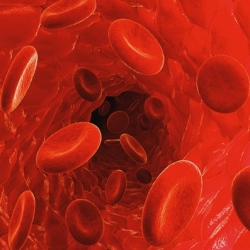
The technique can achieve micrometer (millionth of a meter) resolution of single cells in contrast to the typical 0.5-millimeter resolution of a MRI scan. The work is a proof-of-principle that could open new ways of studying the physical properties of living cells by imaging them non-destructively.
The team accomplished the imaging by first placing a cell in solution on a titanium-coated sapphire substrate and then scanning with a point source of high-frequency sound generated by using a beam of focused ultrashort laser pulses over the titanium film. This was followed by focusing another beam of laser pulses on the same point to pick up tiny changes in optical reflectance caused by the sound traveling through the cell tissue.
“By scanning both beams together, we’re able to build up an acoustic image of the cell that represents one slice of it,” explained co-author Professor Oliver B. Wright, who teaches in the Division of Applied Physics, Faculty of Engineering at Hokkaido University. “We can view a selected slice of the cell at a given depth by changing the timing between the two beams of laser pulses.”
“The time required for 3-D imaging [with conventional acoustic microscopes] probably remains too long to be practical,” Wright said. “Building up a 3-D acoustic image, in principle, allows you to see the 3-D relative positions of cell organelles without killing the cell.
